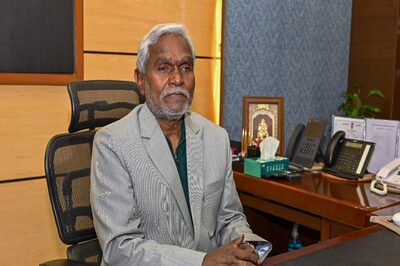
views
Sydney: The way we talk to babies is key to building their ability to understand and create sentences of their own. The exaggerated speech we naturally use with tiny toddlers is special register - often called 'motherese', or mother's prattle.
"We use changes in pitch and rhythm when we talk to children, and we emphasise important words. This is what children usually learn and produce first," says Katherine Demuth, who led the study.
"A child learning its first language is like an adult learning a second one: you have no idea what's going on and it's just one long speech stream," adds Demuth of the Centre for Language Sciences, Linguistics Department, Macquarie University.
"Child-directed speech helps unpack this for children and gives them the tools to help them identify sounds, syllables and finally words and sentences," says Demuth, according to a Macquarie statement.
But it's not just mothers, but also fathers, older siblings and virtually anyone who talks to a young child naturally adopts child-directed speech, or 'motherese'.
Studies suggest that this helps children identify where words begin and end, and provides them with the clues needed to help them develop their own language skills.
Demuth recommends a simple method for developing language skills: talking and reading to children. "You aren't teaching them language, you are just interacting with them, using words that help them develop their vocabulary sooner."

















Comments
0 comment